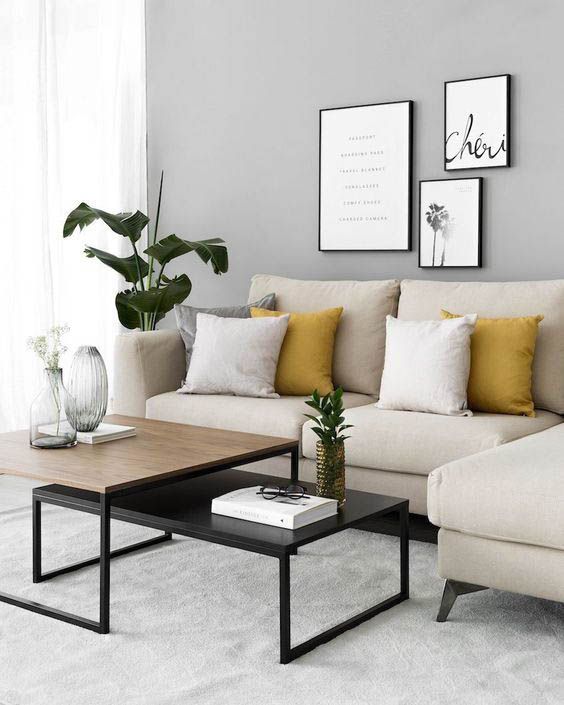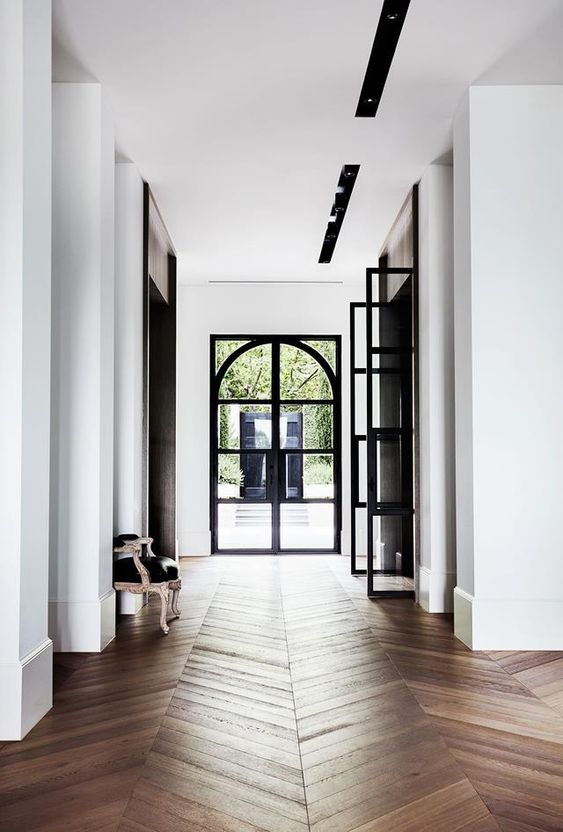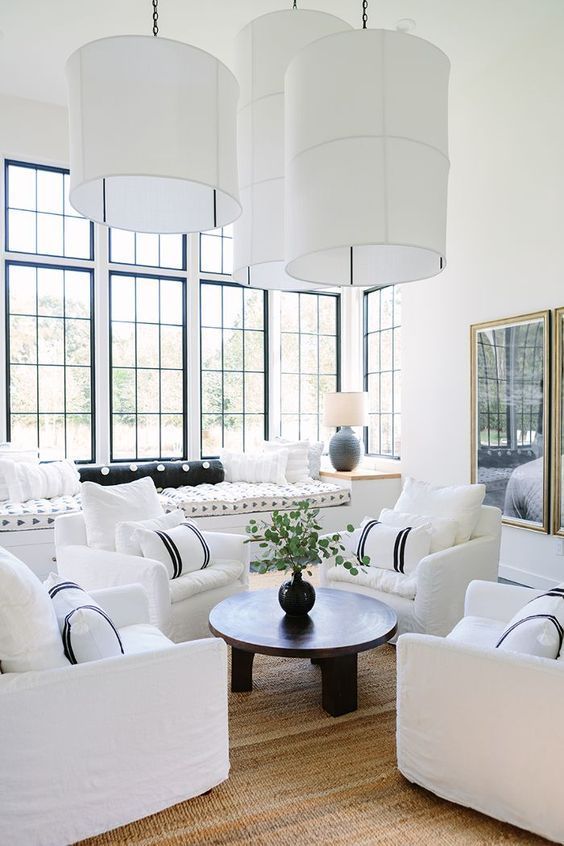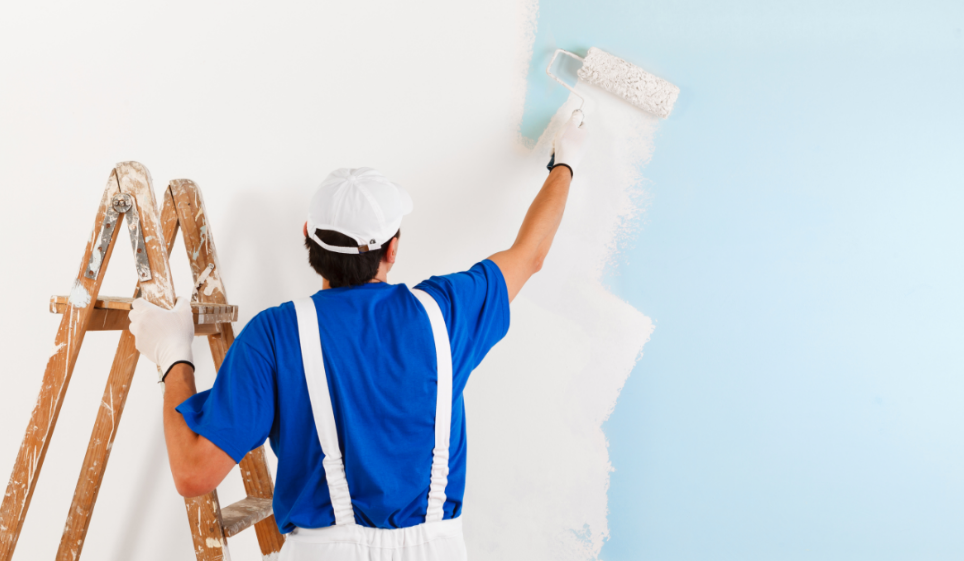Why Auctions
With changing market conditions there has been a decline in the number of vendors taking their properties to market under the Auction method.
Yet auctions remain the best method in our Auckland marketplace to selling property.
So Why?
Vendors are dealing with Unconditional interest, not a conditional sale subject to say, the sale of the purchaser’s home. The result is 100% certainty which in turn puts the seller in the box seat as a ‘cash buyer’ in their own quest for their next purchase
Marketing exposure is generally 3 to 4 weeks, short, sharp and intensive flushing out all the buyers at that single point in time
The auction process is fully transparent and generally identifies true market value by way of competition from buyers who are highly educated on values. Everyone in life wants a bargain, yet the auction process negates the ability to hard-ball the vendor
When choosing your agent, you should ask evidence of their auction performance – wisdom, knowledge and the ability to demonstrate a full understanding of the selling process will give you the confidence to make an informed decision on how to take your property to the market.
Short and sweet
Auctions get maximum exposure for your property in a short period of time with a structured, intensive marketing campaign over a few key weeks. This approach not only creates a sense of urgency for buyers, but has the added advantage of meaning you won’t have to keep your house clean for months of open homes or agent visits, and you have a defined timeline to plan around.
The market decides the price
Rather than guessing at the value of your home, and potentially placing a ceiling on what people will pay for it, auctions allow buyers to decide for themselves what a property is worth. This means you get a true market value for your home if it sells at auction.
Competition is maximised
A property is worth what any one party is prepared to pay for it, so creating fair competition for your home can push buyers to truly consider their top price come auction day, and may result in you getting more than expected when the hammer finally comes down.
Signed, sealed, delivered
An auction sale is an unconditional sale, which means that once your home passes the reserve (set by you) and the auctioneer declares it sold, you can sign the paperwork and know the deal is done. This eliminates drawn-out contract negotiations, and is often the best option for anyone needing quick settlement terms for another purchase.
Passed in, but not passed on
If your home is ‘passed in’, meaning it doesn’t sell at auction, the intense interest and buyer activity generated in the lead-up to the auction means you usually have an increased chance of selling the home at a negotiated price to interested parties. Your real estate agent will already know who is genuinely interested in the property and can deal direct with them to see if an agreement can be reached.
First Impressions Count!
It's the little things that really create a great mood throughout your home. Whether you're preparing for an open home or having a group of friends round for dinner, here are our top tips to create a great first impression!
LIGHTING
Lighting is guaranteed to create a good impression and is one of the best forms of decorating. When you are lucky to have a great amount of natural light flooding through your home, it can be very easy to light up your home correctly, but for those of us who aren’t so lucky, this can be very difficult!
Our Tips: Change any dim lighting to brighter warm lightbulbs. Also try using those flickering candles as well as a soft spotlight in the evening to really create a mood and show off your property.
CLEANLINESS & CLUTTER
From the pile of shoes and coats in the entranceway to the junk mail on kitchen table, there are plenty of places in your home for clutter to accumulate!
Our Tips: Take a moment to really go through all those bookshelves and clutter trays. If you have young kids wandering the halls of your home, we know how hard this can be... but make sure everything has a place! We promise you, you will really notice the difference.
SCENT
Reactions are always positive to beautiful scents. As you make your way through the hallways there’s nothing like an inviting scent to create a great sense of relaxation.
Our Tips: Use some luxurious scented candles and diffusers, or why not throw a batch of baking in the oven in the evening just before your guests arrive. Also make sure you find the culprits to those unpleasant smells, because let’s face it, no one likes a stinky house!
ART & DECOR
Art is known to capture people’s attention so make sure it’s something you’re proud of! It is a known fact that one of the first things people notice in someone else’s home is what’s on the walls, and what’s on the bookshelves.
Our Tips: Make sure not to over clutter your room with art, place a few pieces on display throughout your bookshelves and on the walls that really represent you!
PLANTS
Plants and flowers throughout a household can really make it feel fresh. They also provide a great, natural colour that can really spark up a room.
Our Tips: Throw out any browning plants or dying flowers and replace them with fresh new bloomers. Use colours that harmonise with the art on your walls and the cushions on your couch to really bring the room together.
From small to spacious- tips on making your house seem bigger
Its a problem encountered by all part time interior designers; Making things look good! Its harder then it looks. And thats why is a specialised industry for getting your home looking perfect no matter what the space is! Here we have a few tips.
Flooring
Multiple flooring types define the border of spaces. One type of flooring through multiple rooms creates a flow making it feel like the rooms are all one big space rather than separate little areas.
Walls
Pale shades make a room seem bigger and brighter and maximise the natural light. Painting skirtings and door trims slightly lighter makes the surfaces recede. Keep the same wall colour to give the feel of flow throughout the house, it also gives the effect of a big space rather than lots of confined areas.
Windows
Try to keep the window sills the same colour as the wall for a more seamless look. Hanging curtains higher than the window gives the illusion of height.
Doors
Internal doors that swing can waste space and close off areas, so take it out or replace it with a sliding door. Curtains can even be a great way to keep areas separated instead of a door or wall but then give the option of opening it up as well.
Shelving
Floor to ceiling storage gives a sense of space as it draws the eyes up. Having closed shelving makes it less cluttered. Underneath stairs can be a great storage space too.
Furniture
Using bigger but fewer furnishing pieces not only declutter, but give the illusion of a bigger area. Avoid seats with legs that splay out, and consider the height of sofas, or the back of chairs, so they don’t block the view which would split the room into smaller sections. Round tables take up less space and as there are no corners they don’t interrupt the flow of traffic. Try hanging things on your wall rather than leaving them free standing on the ground, TV’s and shelves can be mounted to the wall to maximise floor area. It may seem obvious but finding furniture with multiple functions is key- tables can be used as a desk, a fold out sofa can double as a guest bed. Mirrors can make your space seem larger and lighter. There are so many creative ways to maximise space, one that we thought was cool was using the space under a bunk bed as storage or to sit / have a desk, instead of having another bed.
You’ll be amazed at how little things like wall colour can make your house seem a lot bigger than it is. Be creative, there are so many new ways to make spaces double their purpose.
How To's On Choosing A Great Neighbourhood
Moving to a new town or city can be overwhelming, particularly if you're trying to choose a neighbourhood to buy a home in. While it’s true that what a great neighbourhood looks like can differ person to person, all great neighbourhoods do share some common factors that are universally appealing. Here we explore 10 signs the neighbourhood you live in (or would you like to live in) is a good one.
Great schools
Even if you don’t have children now, buying a property within an area renowned for great schools has a very positive affect on property prices. In most places, you generally need to live within a public school’s catchment area in order to send your child to that particular school, and some parents are willing to pay top dollar to ensure they live in the catchment area of a great public school.
Low crime rates
This is a pretty universal sign of a good neighbourhood. We all want to live in an area where we feel safe and secure and savvy property buyers will do their research and look at crime rates when it comes to moving to a new area, with this information readily available online.
Lifestyle options
A well-rounded neighbourhood is one that offers different things to different people. This could mean they’re plenty of nearby cafes and bars for foodies, walking and hiking trails for active locals, or even local clubs and leagues for engaged community members.
Outdoor activities
Living in an area where residents don’t have to travel too far to get out and about and enjoy the great outdoors makes an area more appealing. Think of parks, playgrounds, golf courses, tennis courts, public pools and even nearby lakes and rivers.
Well-presented homes
Not only does a neighbourhood look amazing when each house is well presented, but it also shows that your neighbours take a lot of pride in their home, a good sign for any prospective property buyer or seller. This doesn’t have to mean you live in a street of luxury properties either, great presentation starts with a mowed lawn, neat and tidy yard, freshly painted facade and clean, well-maintained footpaths.
Leafy and well established
Even in inner-city areas, a leafy main road, with well-established older buildings and homes can look really inviting. It shows the area has a bit of heritage given the age of the trees that line most streets and the age of the buildings which have been maintained over time.
Family friendly
Aside from great schools lots of factors play a part in making an area appeal to families. Funnily enough, most are listed above. In addition to these an area which has larger homes on potentially larger blocks is probably going to appeal more to families than say the heart of the city, where units run significantly smaller, with little to no outdoor spaces available.
Public transport and walkability
In larger areas being close to public transport is a must with a huge number of commuters relying on buses, rail and ferries to get them to work every day. Walkability is also a big factor though, being able to leave the car at home to get to nearby attractions like markets, shops and cafes makes an area really desirable.
Entertainment
Not everyone loves the idea of travelling into an inner city to have dinner, see a movie or catch-up for drinks, so residential areas that also boast great local cafes, bars or theatres are always popular. As are those with great family entertainment options such as playgrounds, sports grounds, libraries and cinemas.
Shopping
Being close to the shops is not just convenient it can be a drawcard that gets people to visit a neighbourhood. Weekend markets are popular neighbourhood attractions, as are large-scale shopping centres, supermarkets, and unique local boutiques.
This weekend, why not look around your local neighbourhood and see what makes your area special. It’s great to be aware of the major selling points in your location, and if you’re interested in buying in a particular area, why not see how it stacks up in the desirability stakes?
If you're looking to buy in an area completely new to you we have a good knowledge of the local area and will be able to answer questions about a neighbourhood.







